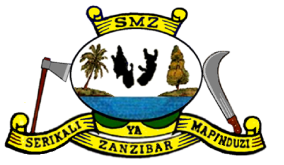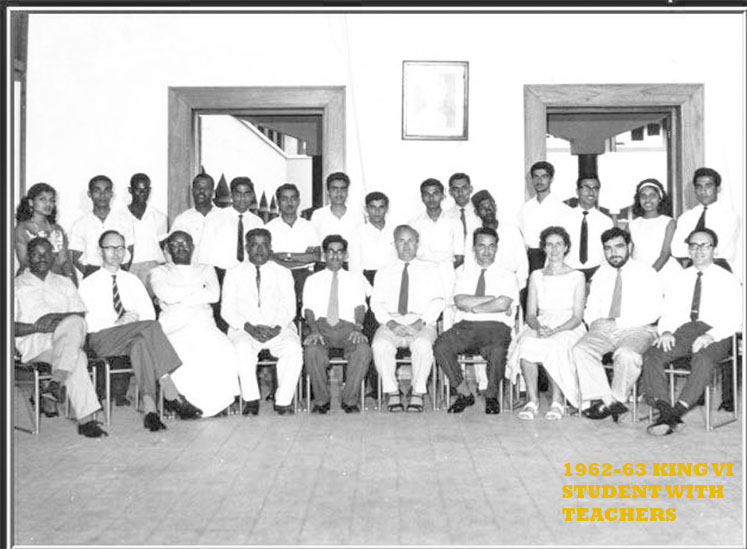

Lumumba Secondary School has its roots entrenched far back in 1953 during which it was known as Government Boys’ Secondary School situated in the building currently known as Ben Bella Secondary School. In August 1958 the school was relocated to Kinazini and was later in March 1959, renamed as King George VI Memorial School. It subsequently began to enroll female students for the first time since its establishment. The first batch consisted of only twenty (20) students out of whom thirteen (13) were males and seven (7) were females. In 16th March, 1964 after successful political revolution, the school was again renamed after the then Congo Premier Patrice Lumumba. And it was now known as Lumumba College.

Since then the student enrollment rate has been increasing exponentially reflecting the dramatic explosion in the population growth as well as the improving academic performance among students. Currently the school accommodates nine hundred (900) students.
In 1977 the school was for another time renamed as Marine and Fisheries College followed by the eventual enrollment of the first batch of students with the highest talents selected from around the isles. The first batch had a total of twenty five (25) students in which ten (10) were males and the rest were females.
Since then the student enrollment rate has been increasing exponentially reflecting the dramatic explosion in the population growth as well as the improving academic performance among students. Currently the school accommodates nine hundred (900) students.

In 1977 the school was for another time renamed as Marine and Fisheries College followed by the eventual enrollment of the first batch of students with the highest talents selected from around the isles. The first batch had a total of twenty five (25) students in which ten (10) were males and the rest were females.
In 1985, the fishing curriculum was suspended followed by the spontaneous transformation from the college to officially become Lumumba Secondary School. This paved the way for the establishment of fully fledged secondary school curriculum that culminated into the enrollment of students specialized in science subjects, the goal of which was to mentor the students to become the dependable scientists of the future.
The school underwent the major renovation in 1990 which amongst others involved the construction of the new roof made of corrugated iron sheet under the sponsorship of Danish International Development Agency (DANIDA). During this period, the popularly renowned pond (Bwawa la samaki) was put in place, the project which was undertaken by the students themselves under the auspice of raising newts mainly for scientific experimental purposes.

Another similar project for raising frogs was established by students in 1999. These projects were however preceded by the inauguration of poultry projects in 1995 which involved rabbits and ducks keeping.